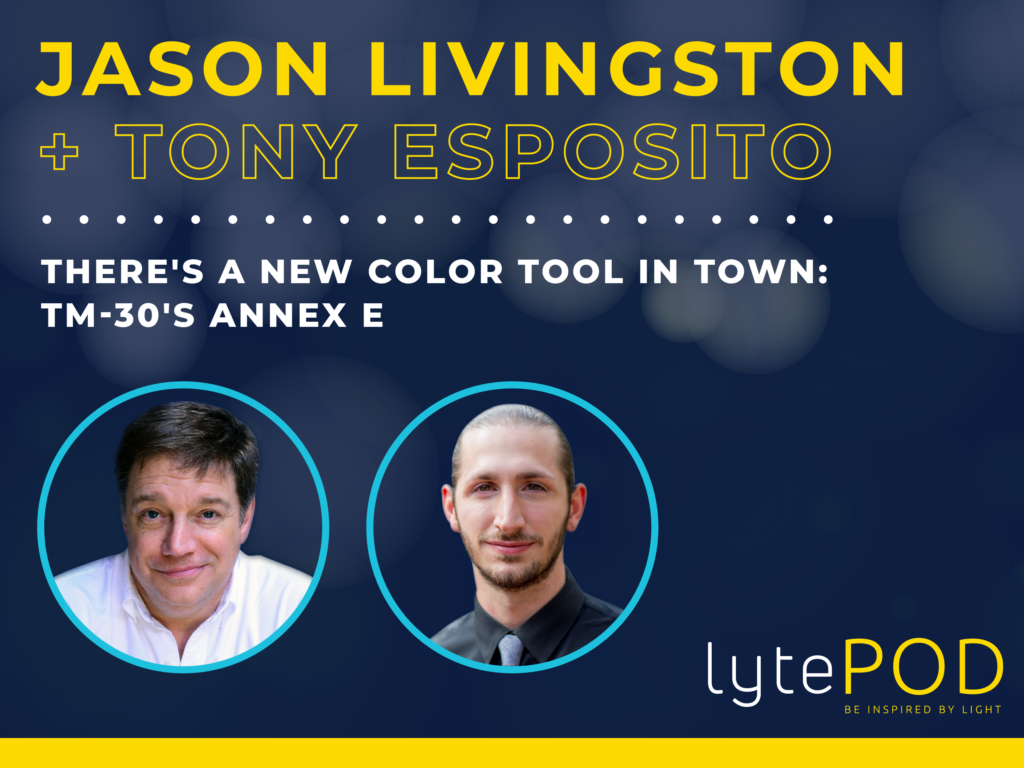Two of my IES Color Committee friends and colleagues, Tony Esposito and Kevin Houser, have just published a paper in Scientific Reports that looks at the common assumption that CCT can be used to assess circadian entrainment and other biological impacts of light. The assumption by many is that high CCT light contains the blue wavelengths necessary for circadian entrainment, and that assumption is emphasized in the marketing a wide range of tunable white fixtures.
Their study used a five-channel LED system in a full scale model of a room. The LEDs were used to create over 200,000 SPDs across a range of color temperatures and illuminance levels. They found that CCT alone is not an accurate predictor of the spectral content of the light. Since the three major systems used to predict “biological potency” of light – CIE melanopic Equivalent Daylight Illuminance (mel-EDI), Equivalent Melanopic Lux (EML), and Circadian Stimulus (CS) – all use spectral analysis to understand biological impact, using CCT alone is simply inadequate. High CCT may correspond to circadian response, or it may not. They conclude their paper by saying
The lighting industry is experiencing rapid transformation as we expand our awareness of the non-visual impacts of light on humans. It is pertinent that we develop measures, methods, and strategies for implementing architectural lighting solutions that support these non-visual impacts. To do so, we need accurate and predictive measures of the biological potency of light that are based on sound science. In this study, we have argued that CCT is conceptually inappropriate for this purpose and performed a numerical analysis demonstrating that significant variation in circadian stimulus and melanopic equivalent daylight illuminance exists at any fixed CCT and photopic illuminance, making CCT an inappropriate proxy of those measures. Using CCT as a proxy for the biological potency of light cannot be justified.
Understanding that CCT doesn’t correspond with biological impact, it becomes important that designers understand the three systems and push manufacturers to begin providing the relevant information.

